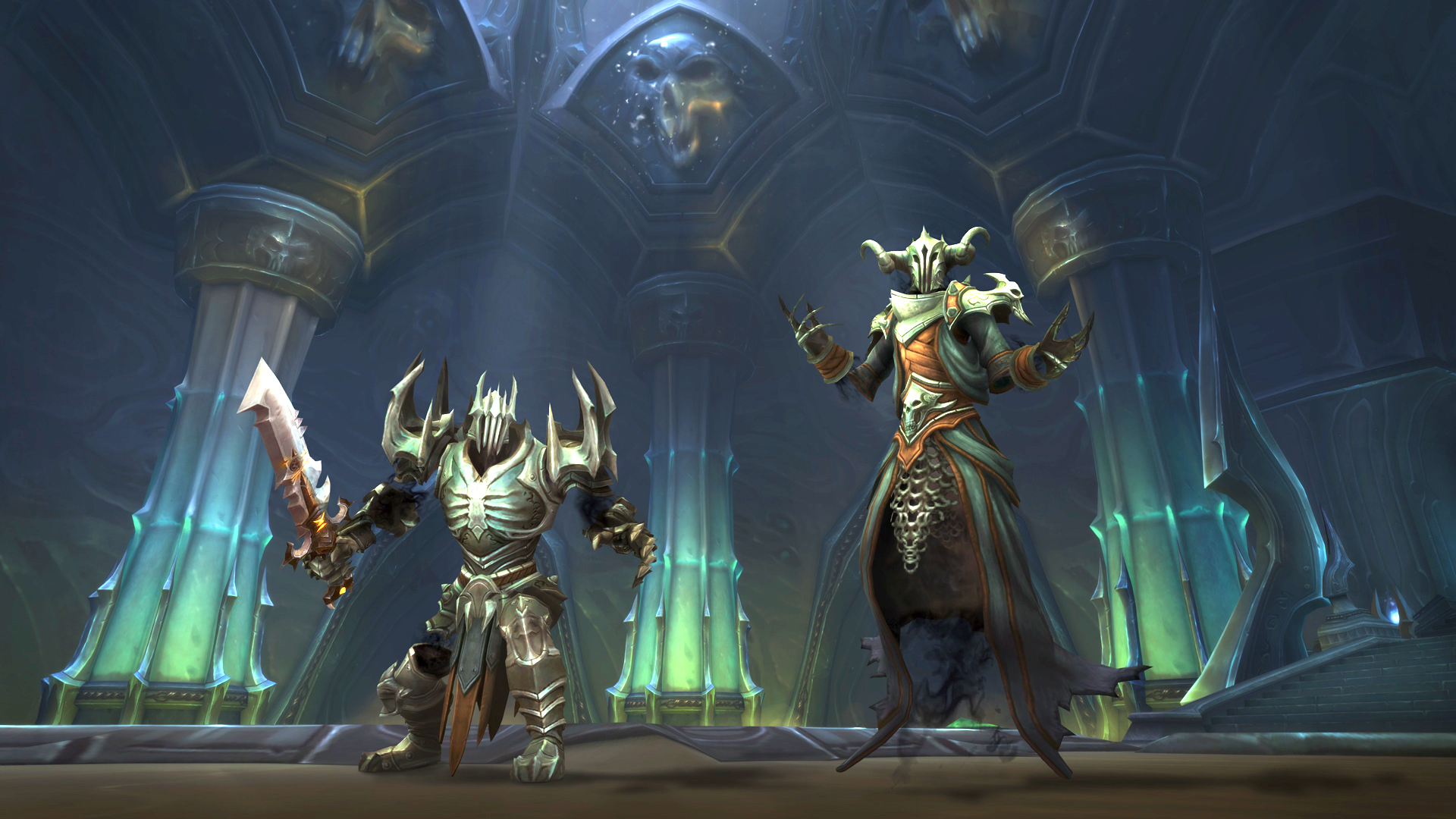One of the most interesting things about Torghast is that it can be run solo or in a group of up to five people like a traditional dungeon. When I first jumped in, I queued solo as a Frost Mage. It was…pretty slow going. I used my Frost abilities to kite the mobs one or two at a time, being careful to stay out of range of their attacks as much as possible. Just making it to the sixth floor and the first boss fight felt like a huge accomplishment.
But for the next run, I queued up with another player. The more people that queue with you, the more enemies the Tower will throw at you, but teammates also help make progressing from floor to floor feel like a smoother process. I was a shadow priest for my second run and played alongside a fire mage. I would deal some damage, hit the mage with a bubble or a heal, and then go back to killing. Whenever I got in trouble, the mage was able to jump in and take aggro off of me or distract the mobs long enough for me to get away.
In Torghast, death is a very big deal, so having at least one or two people around to have your back when you’re in trouble might end up being the optimal way to play.
In The End, Death Claims Us All
If you do die too many times, the game does give you a chance to push reset on your mistakes and continue the climb. When a solo player or group hits a pre-determined number of deaths on the same floor, the Tower will summon a spooky figure called the Tarragrue.
The Tarragrue slowly marches from the start of the level to the end. If he catches you, you are kicked out of the tower and the run is over. Beat the Tarragrue to the level exit and you’ll be able to start the next floor with the death count reset to zero. I only encountered the Tarragrue once on my runs, but I can confirm that having a figure that is basically the Grim Reaper hunting you down does add quite a bit of excitement (and stress) to the dungeon.
